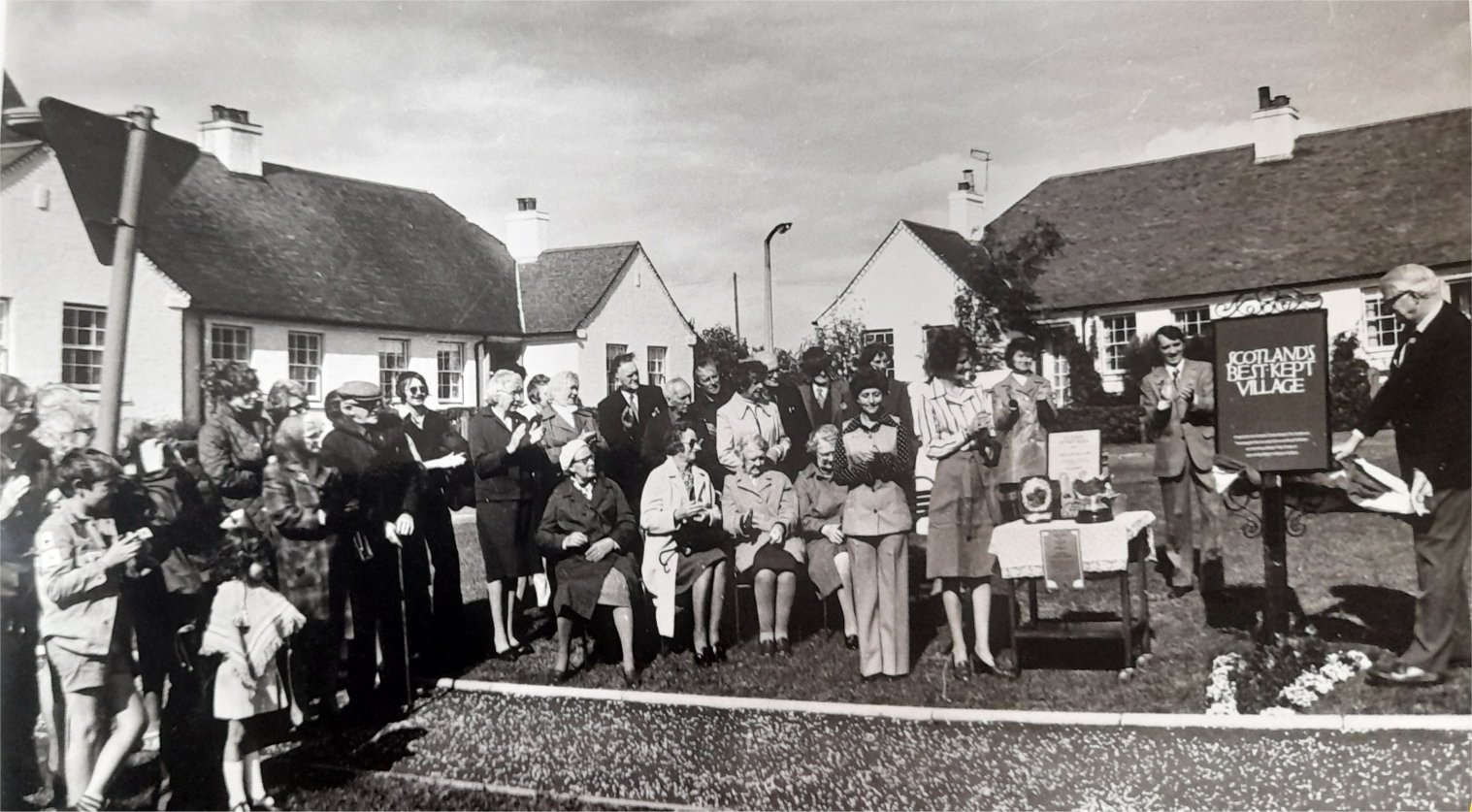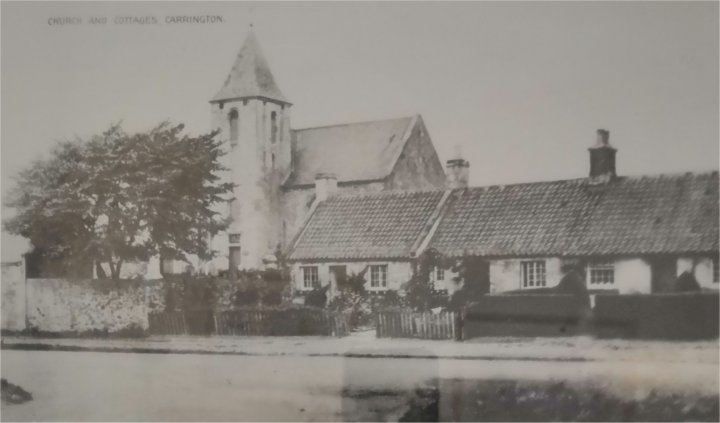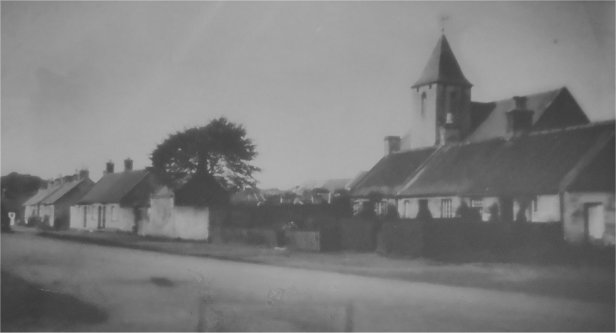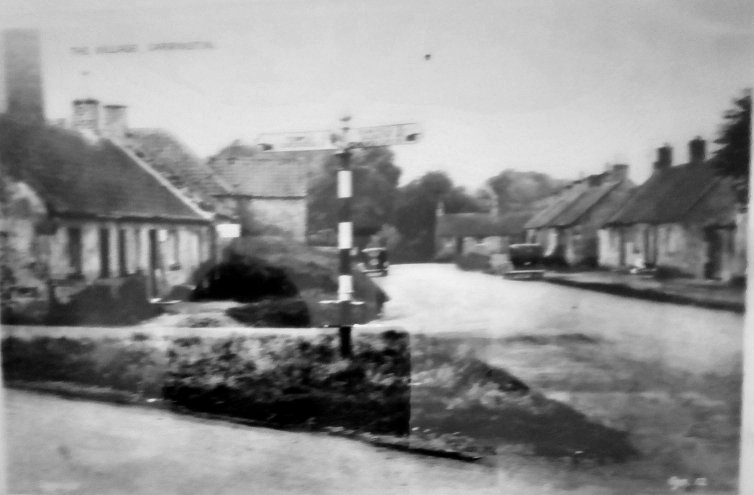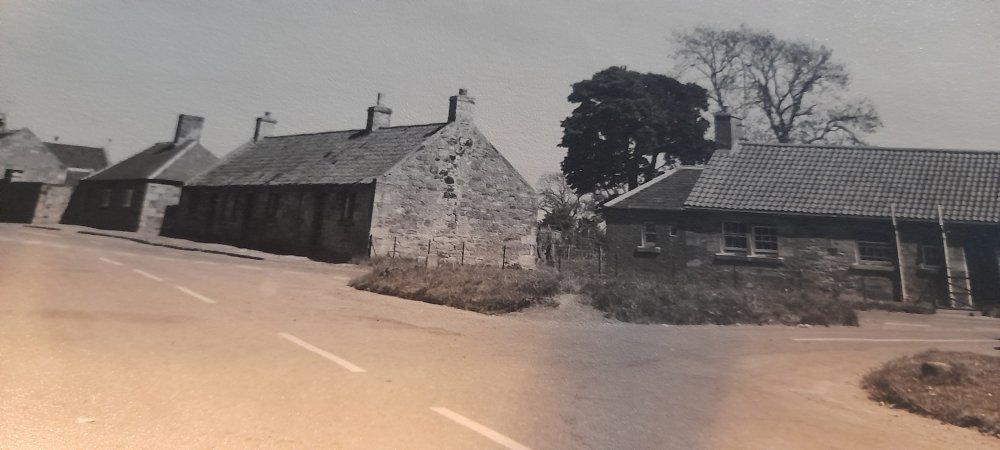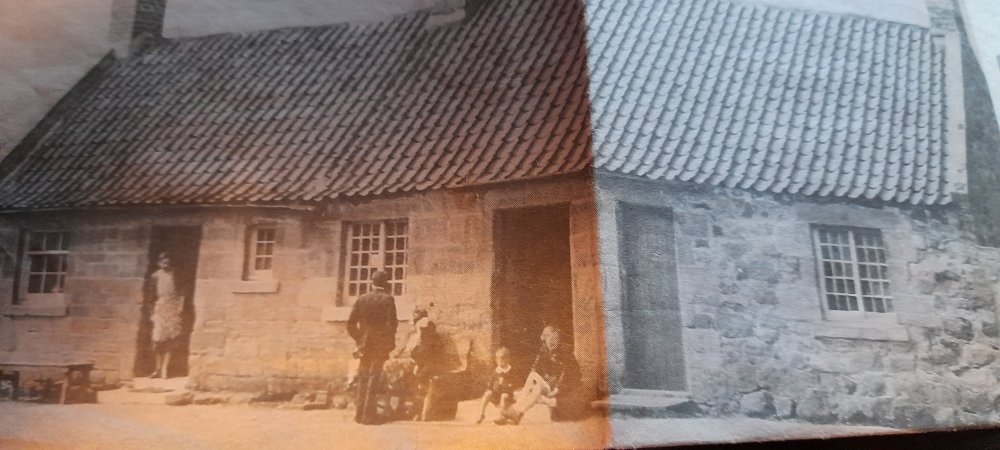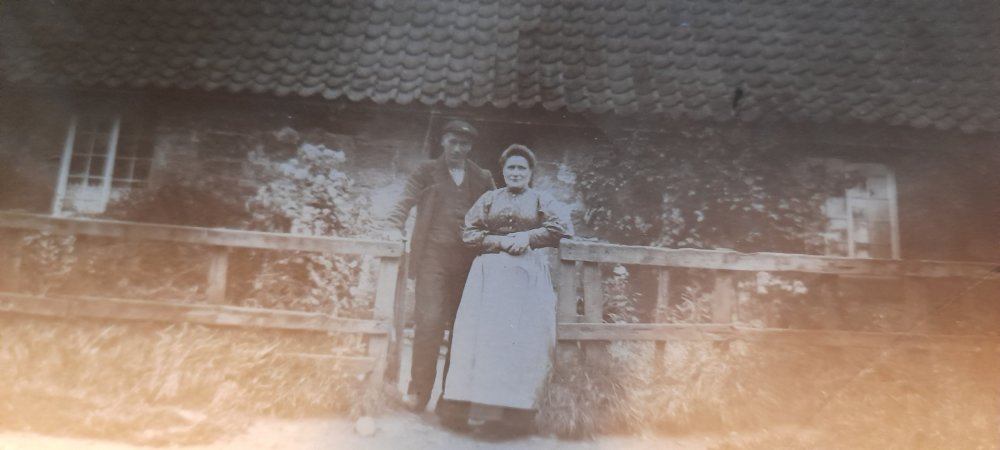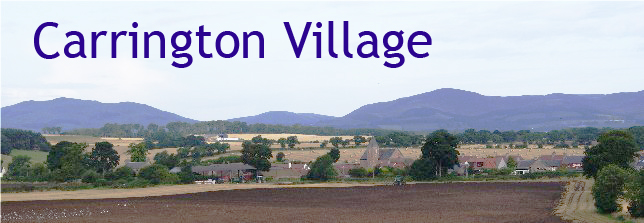
About the Village
History
Village Hall
Local Attractions
Local Transport
Local Services
Nearby Services
Join us on
History of Carrington
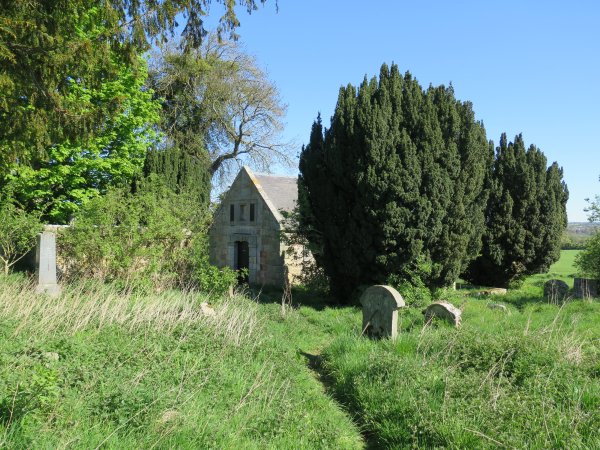 The earliest mention of the parish of Carrington was in connection with an early church in the 12th century rule of King David I (1124-1153) at the nearby site of
Whitehill Aisle. This early church was consecrated on 2nd May 1243 by David de Bernham, Bishop of St Andrews. Old headstones remain but nothing of the early church. This is
now the burial place and Mausoleum of the coalmine owning Ramsay family of Whitehill, from Sir John Ramsay in 1715 (when the Mausoleum was believed to have been built
presumably using the stone of the early church) onward to the present day.
The earliest mention of the parish of Carrington was in connection with an early church in the 12th century rule of King David I (1124-1153) at the nearby site of
Whitehill Aisle. This early church was consecrated on 2nd May 1243 by David de Bernham, Bishop of St Andrews. Old headstones remain but nothing of the early church. This is
now the burial place and Mausoleum of the coalmine owning Ramsay family of Whitehill, from Sir John Ramsay in 1715 (when the Mausoleum was believed to have been built
presumably using the stone of the early church) onward to the present day.
 The parish name of Carrington is said to derive from the Kerr family name – Kerint(o)un or Kerrington. The parish belonged to the Abbey of Scone from the 12th century until 1374
when it was changed to the diocese of St Andrews (in exchange for the ‘church in Blair’ – now Blairgowrie). The lands became a free burgh of barony in 1664 in favour of the then 1st
Lord of Carrington (appointed in 1633 having formerly been the Earl of Dalhousie), William Ramsay. This enabled weekly markets and fairs (on 1st June and 18th October each year) to be
held. The lands were soon acquired by the Primrose family who became Earls of Rosebery (hence the Rosebery Estate of today). And hence also that the hamlet and parish also became
known as ‘Primrose’ from around 1698/1703 to 1817 (with no clear reason for the change back to Carrington then).
The parish name of Carrington is said to derive from the Kerr family name – Kerint(o)un or Kerrington. The parish belonged to the Abbey of Scone from the 12th century until 1374
when it was changed to the diocese of St Andrews (in exchange for the ‘church in Blair’ – now Blairgowrie). The lands became a free burgh of barony in 1664 in favour of the then 1st
Lord of Carrington (appointed in 1633 having formerly been the Earl of Dalhousie), William Ramsay. This enabled weekly markets and fairs (on 1st June and 18th October each year) to be
held. The lands were soon acquired by the Primrose family who became Earls of Rosebery (hence the Rosebery Estate of today). And hence also that the hamlet and parish also became
known as ‘Primrose’ from around 1698/1703 to 1817 (with no clear reason for the change back to Carrington then).
 The village church was constructed in 1710-11,
replacing the old church which had become dilapidated and thus abandoned. This church closed for regular worship in 1975 when the
congregation united with nearby Cockpen Church to form the current Cockpen and Carrington Parish Church.
The village church was constructed in 1710-11,
replacing the old church which had become dilapidated and thus abandoned. This church closed for regular worship in 1975 when the
congregation united with nearby Cockpen Church to form the current Cockpen and Carrington Parish Church.
Photo credit: Gary Hamilton.
 The church has parish records for birth dating from 1706, for marriages
from 1700 and for deaths from 1784. The Carrington church building was sold after laying empty for several years, renovated and converted into a business premises in 1980. It was sold
on to the current owner in 2003 who uses it for her publishing business premises. The surrounding graveyard is maintained by the Council and contains two listed Commonwealth war
graves from WW1.
The church has parish records for birth dating from 1706, for marriages
from 1700 and for deaths from 1784. The Carrington church building was sold after laying empty for several years, renovated and converted into a business premises in 1980. It was sold
on to the current owner in 2003 who uses it for her publishing business premises. The surrounding graveyard is maintained by the Council and contains two listed Commonwealth war
graves from WW1.
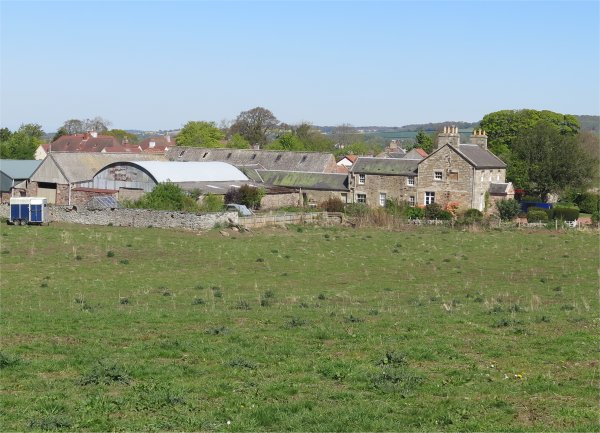 In 1813, as part of a large movement for improvements in farming at the time, Lord Rosebery, who owned a substantial amount of land in the area, added a range of agricultural
buildings to Carrington Mains, a “model farm” located within the village, to provide cottages for its agricultural workers. Carrington Mains farm remained a working tenanted farm until recently after the farmer retired whereupon the farmhouse and adjacent steading cottages were improved and
rented out for private residential use by the Rosebery Estate.
In 1813, as part of a large movement for improvements in farming at the time, Lord Rosebery, who owned a substantial amount of land in the area, added a range of agricultural
buildings to Carrington Mains, a “model farm” located within the village, to provide cottages for its agricultural workers. Carrington Mains farm remained a working tenanted farm until recently after the farmer retired whereupon the farmhouse and adjacent steading cottages were improved and
rented out for private residential use by the Rosebery Estate.
As a result, the settlement grew into a prosperous village with its full complement of commercial enterprises and services: there was an inn, weavers, coopers, dyers, a blacksmith, a wright (joiner/carpenter), a miller, wheelwrights, a tanner, a sievewright, a mason, an egg wife and a constable. These services have now long gone.
 There was a village school which in the 18th/19th
centuries had over 80 attendees but closed in 1975 and was converted into residential use and a further house added to the site.
There was a village school which in the 18th/19th
centuries had over 80 attendees but closed in 1975 and was converted into residential use and a further house added to the site.
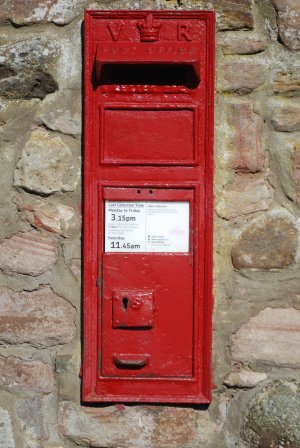 The village had a small (it was operated out of a garden shed!) Post Office but this closed in 2008. There is still a post box by the church together with a former public telephone box
which now houses a defibrillator.
The village had a small (it was operated out of a garden shed!) Post Office but this closed in 2008. There is still a post box by the church together with a former public telephone box
which now houses a defibrillator.
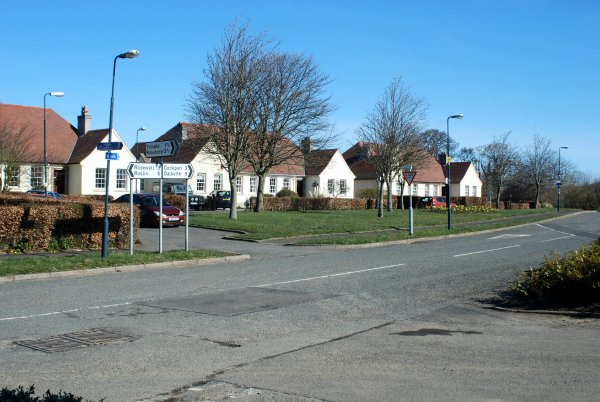
The green space now defined by the 1938 commenced bungalows of Primrose Gardens (and completed after the war) and Main Street, is where the fairs and weekly markets were once held.
References:
"Carrington Kirk 1710-2010" by Jane Ambrose, 2010;
"Carrington Conservation Area" by Midlothian Council, 2009;
Historic archive
Here we are placing any old photos or paintings that we have discovered in our researches. We would be happy to receive any additional images to add to the collection. Please just email us at the address below if you have anything. Thank you.
This is a photo of the green taken in 1975, clearly not long after the trees were planted.
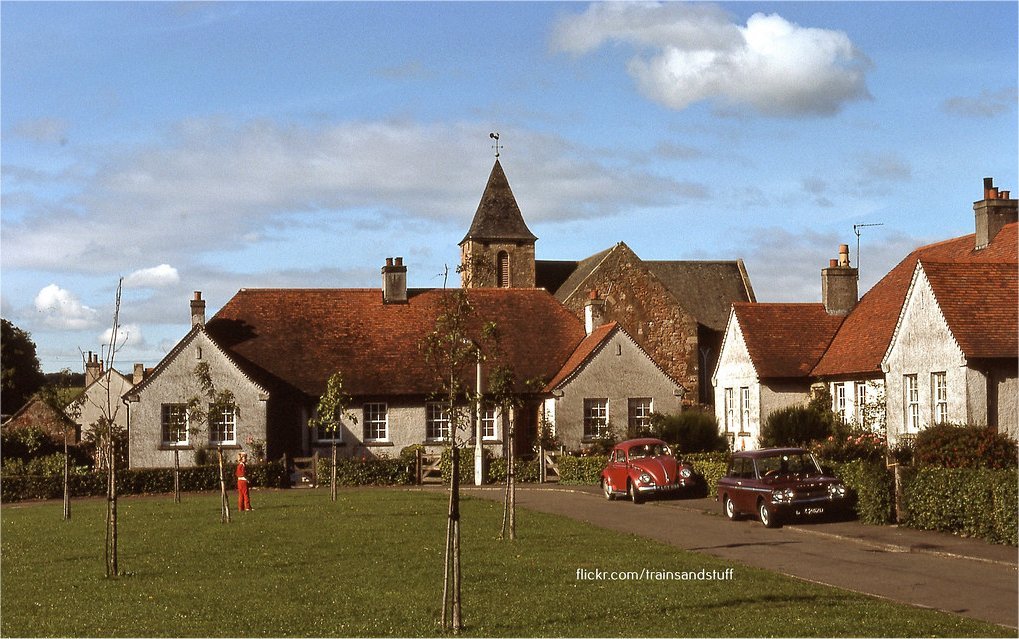
This is a painting of Carrington church and houses by Sir William Gillies, 1950, held in the National Galleries, Scotland.
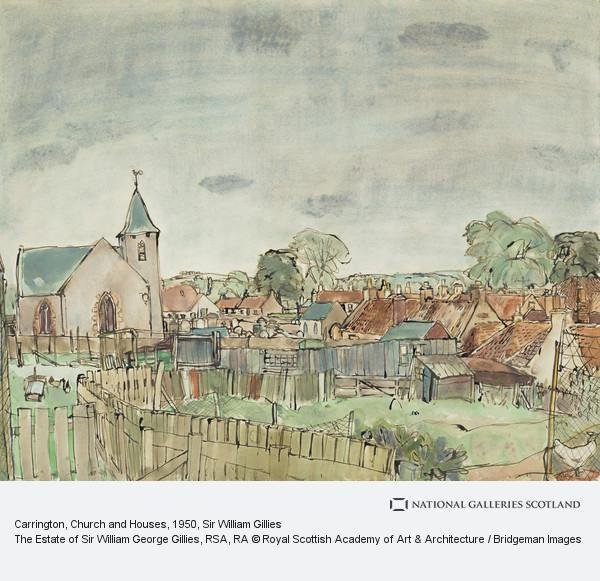
"Carrington Village" painting by Sheena Hoy, presented to Dalkeith Arts Centre by the artist in 1997.
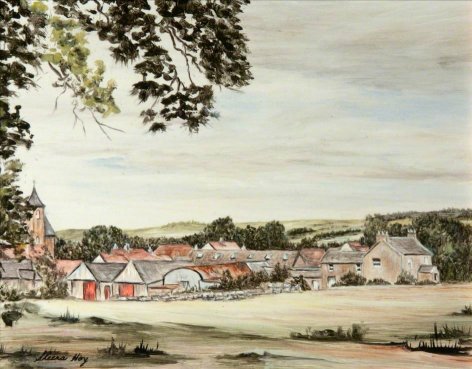
19th century photos (originally black and white but have been colour interpretted).
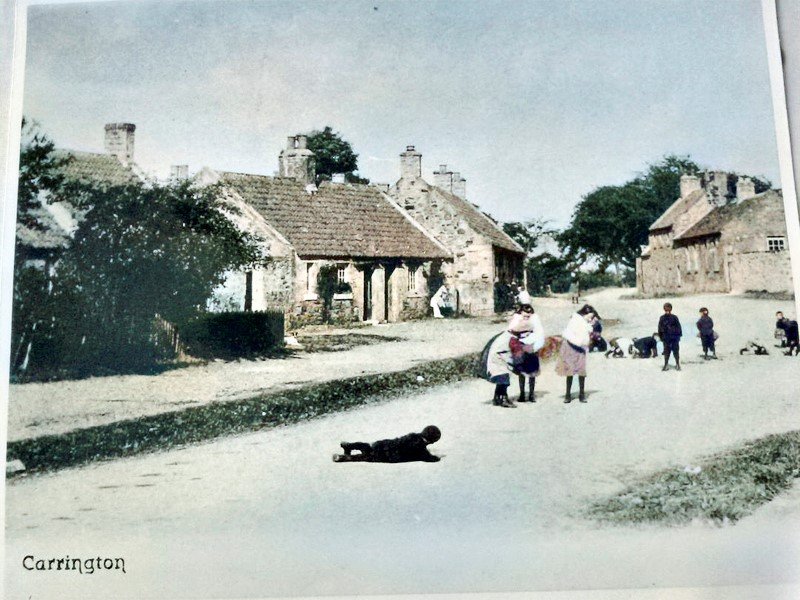
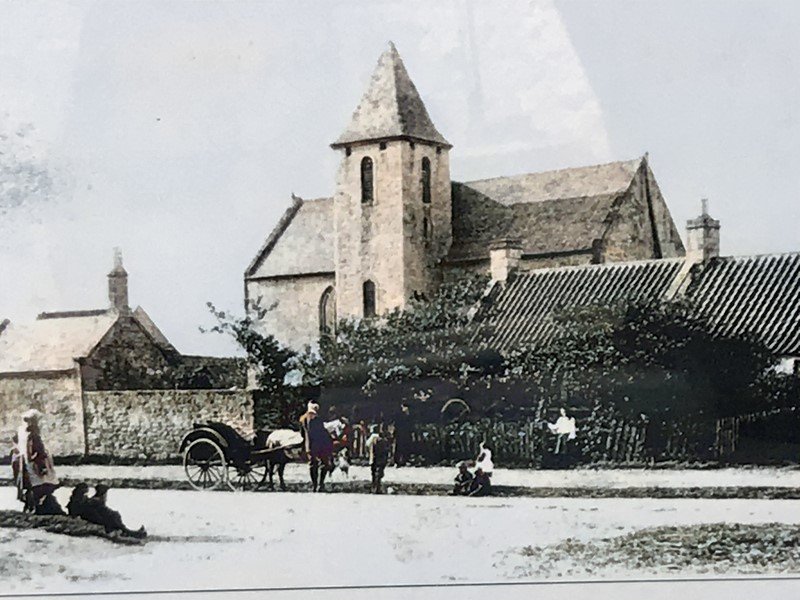
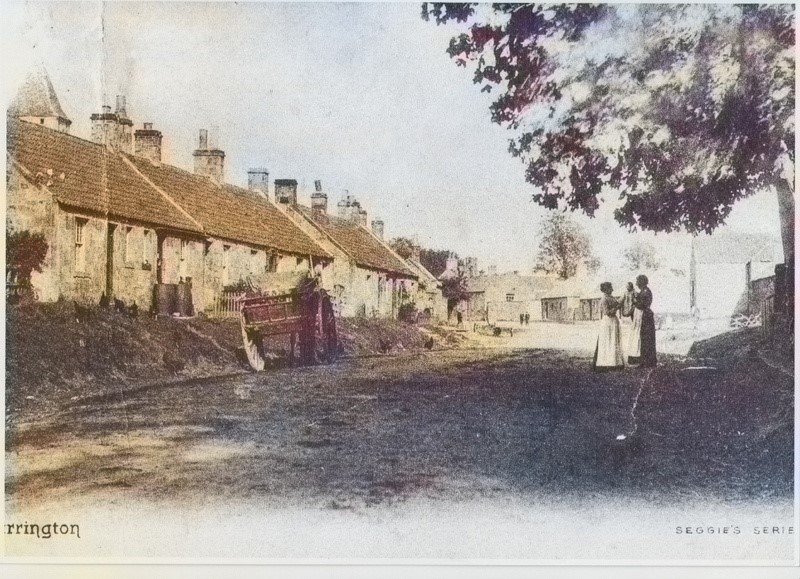
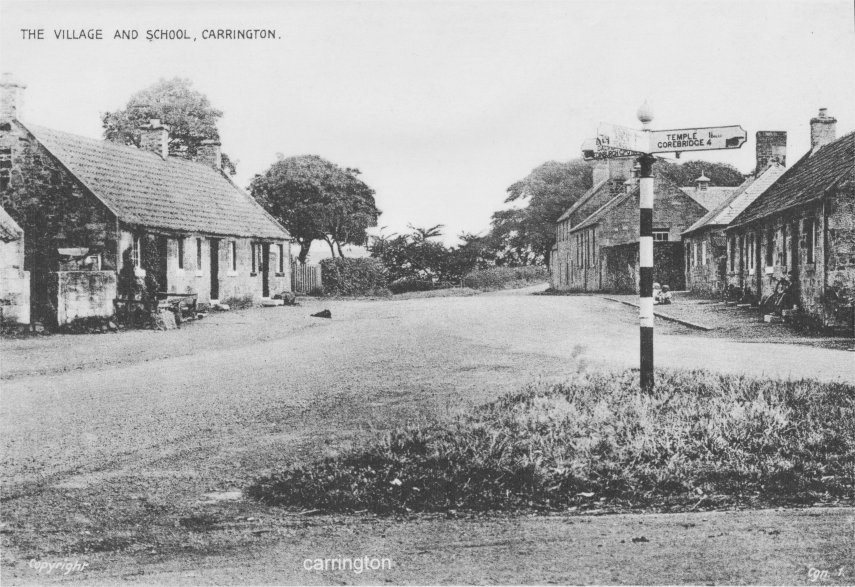
And some more old photos provided by Betty Kennan, long time resident of Carrington, commencing with the village being awarded "Scotland's Best Kept Village" award in 1978.
